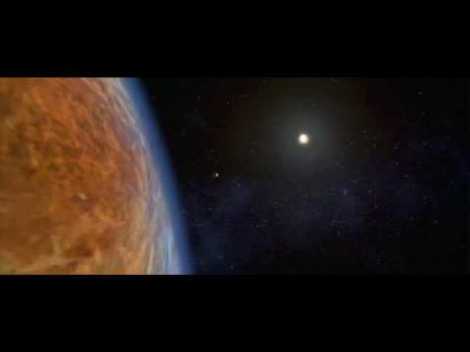Aberrant decoding is “when a message that has been encoded according to one code is decoded by means of another” (Aberrant Decoding, 2009). Basically, it is when messages are intended to be delivered one way and are received in another way by the audience. The audience reads the text in an unpredictable way, producing a “deviant meaning”, somewhat like a conspiracy theory (Aberrant Decoding, 2009).
This can happen because of the semiotics or symbols in a film being interpreted to mean various different things by various different people in an audience. For example, the use of a spider’s web in a film could, to one person, be a symbol of being trapped, where as to another it could just be setting the scene a being somewhere old and dusty. Meanwhile, the director may have intended it to symbolise the work of a very clever character. These two people would have very different views of the film as a whole because of their different interpretations, while the director intended a whole other different thing.
“The Wizard of Oz” (1939) is an example of aberrant decoding in cinema. Though the film is, on the surface, just an adventure story about a young girl and her dog that get picked up and carried away by a tornado to a fantasy land called Oz, there have been many attempts at going deeper and figuring out the “real” meaning (when in fact, it could just be intended how it is seen).

One of these interpretations is what makes “The Wizard of Oz” a symbol of gay pride in today’s day and age. Here are some examples of people’s interpretations of the symbols in the film:
- The song “Somewhere Over the Rainbow” is linked with the rainbow symbol of the gay pride flag.
- Kansas is considered a “homophobic” or less accepting state, so many closeted homosexuals could understand the desire to want to leave the ranch in Kansas, for somewhere freer. “We’re not in Kansas anymore!”
- Dorothy’s grayscale home is considered “lonely, authoritarian and heteronormative”, while Oz is presented as a place of “excitement, transgression and positive difference” (Gabriel, 2012).
- Oz, however colourful and exciting, is also dangerous and risky. This is considered a symbol of the consequences that could be faced by coming out.
- The Scarecrow comments during the film that “some people do go both ways”.
- The song “Come out, Come out” sung by Glinda when Dorothy arrives in Oz.
- The Cowardly Lion’s song “I’m afraid there’s no denyin’, I’m just a dandy lion (Kenrick, 2011).
For a look at a slightly “different interpretation of “The Wizard of Oz” trailer, follow this link… http://www.youtube.com/watch?v=Ou-WEqdzdyE
Every film has the potential to fall victim to aberrant decoding, just like “The Wizard of Oz” and that’s because all audience members are different. No two people are the same and the internet has made it possible for us to share our different perceptions of things, thus giving us the chance to develop these theories further and making them more commonly known. Regardless of whether we have the mode’s of communication to share our ideas, as long as we have the freedom of imagination, these different ideas will always exist and so will aberrant decoding.
REFERENCES
Aberrant Decoding. (2009). Retrieved November 2, 2013, from Communication: http://communication-education.blogspot.co.nz/2011/02/aberrant-decoding.html
Gabriel, A. (2012, July 19). Opinion: Queerphobia, bigotry and the Wizard of Oz. Retrieved November 2, 2013, from So So Gay: http://www.sosogay.co.uk/2012/opinion-queerphobia-bigotry-and-the-wizard-of-oz/
Kenrick, J. (2011). Gays and Musicals. Retrieved November 2, 2013, from Musicals 101: http://www.musicals101.com/gay4.htm
Levy, E. (2005, July 27). Wizard of Oz: American vs Universal Messages. Retrieved November 2, 2013, from Emanuel Levy: http://emanuellevy.com/comment/wizard-of-oz-american-vs-universal-messages-5/





